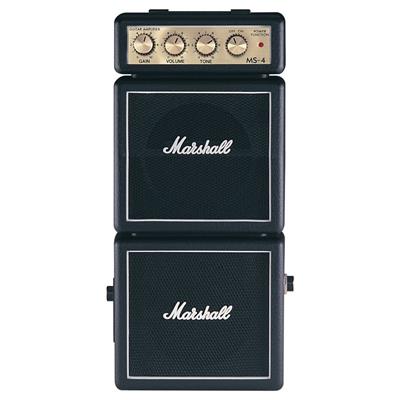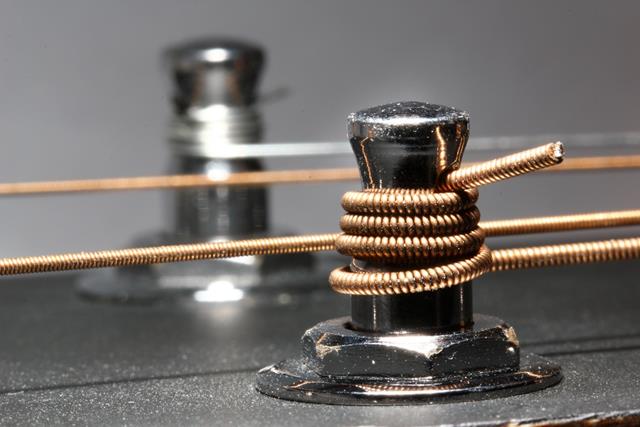Amplifiers are not easy to choose. They play such a big part in creating the final sound that if you choose the wrong one, you end up with a crappy tone. BUT if you choose the right one… well, my friend, you are a lucky bastard. We have been “blessed” by manufacturers basically drowning us in different models of amplifiers.
So you get a choice of pretty much anything. You don’t like the weight of the amp? There is another one pretty much the same one in the same price range. Don’t like the color? They got you on that one too. This might be a bit daunting sometimes since there are just too many options on the market with a lot of very similar models. Here we have compiled some of the best guitar amps under 500.
What’s The Best Guitar Amp Under 500
| Image | Amplifier Model | ||
|---|---|---|---|
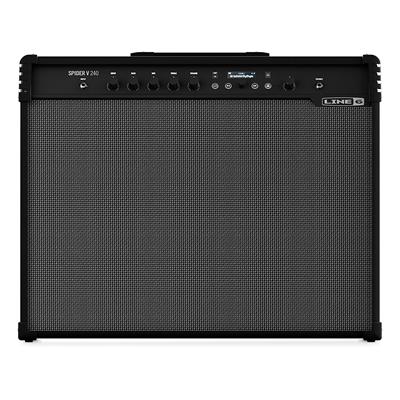 | Line 6 Spider V 240 |  (4.8 / 5) (4.8 / 5) | Check on Amazon |
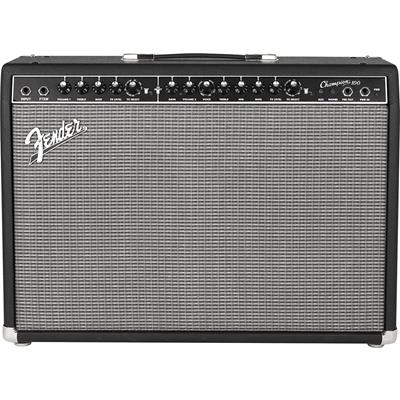 | Fender Champion 100 |  (4.8 / 5) (4.8 / 5) | Check on Amazon |
 | BUGERA V22-INFINIUM 22-Watt Vintage Combo |  (4.7 / 5) (4.7 / 5) | Check on Amazon |
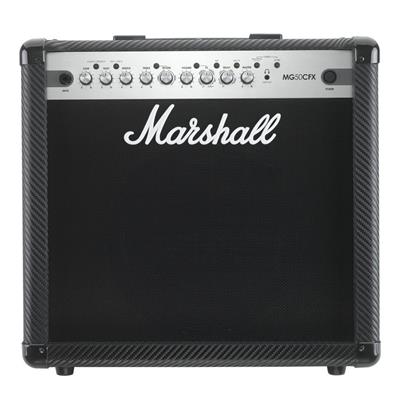 | Marshall MG50CFX MG Series |  (4.7 / 5) (4.7 / 5) | Check on Amazon |
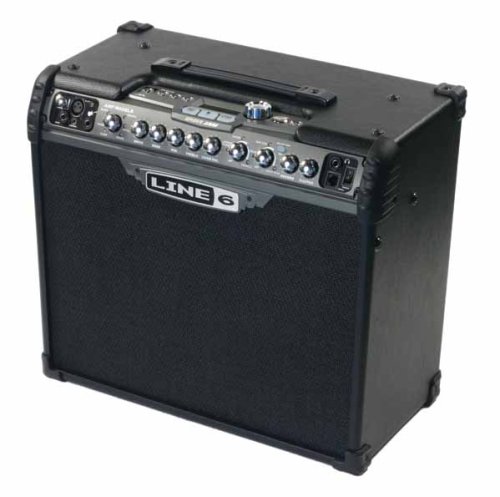 | Line 6 Spider Jam |  (4.7 / 5) (4.7 / 5) | Check on Amazon |
Line 6 Spider V 240 Wireless Ready Modeling Amplifier

First of all, if you are going for a $500 amplifier your expectations should be pretty high. Well, not as high as with $1000 ones but definitely higher than with $200. Not to bash on cheap amplifiers but if you are serious about music you should try to invest in an amplifier. One of those amplifiers that we think is worth putting your money into is Line 6 Spider V 240 Wireless Ready Modeling Amplifier. With a sleek, minimalist design this model offers looks along with functionality. With Iconic Rig, Artist, and Standard presents you will be getting quite a range. With its exceptional full-range stereo speaker equipped with a high-frequency driver, this incredible device surpasses all your audio needs. The Spider 240-watt model ensures effortless usability while delivering unparalleled tone and volume for an immersive audio experience.
Pros:
- Versatile features
- An all-encompassing set of amp
- Cabinet and effects models
- Useful for any genre of music
- Powerful and loud enough for stage performance
Cons:
- Tweaking and understanding all the features might be a bit time-consuming
Fender Champion 100 – Electric Guitar Amplifier

Even people who have never played the guitar in their lives have heard about Fender. The company’s name precedes them and for a good reason – they produce top-notch instruments and equipment. Fender Champion 100 – Electric Guitar Amplifier is not an exception to the rule. With 100 watts and 12″ Special Design speakers, this amp delivers on tone quality and power. Of course, there are a lot of effects such as reverb, delay/echo, chorus, tremolo, vibrato, and a lot more that you can tweak around and produce the perfect sound for your needs including jazz, blues, country, and a lot more. Beginners and intermediate players will equally love this model. Whether you want to practice alone at home or do your first gig in front of people, this model will not fail you. This is one of the best guitar amps under 500.
Pros:
- Great sounding voicings
- Clean and dirty channels
- Easy to use
- Legendary tones at affordable price
Cons:
- Some amp models sound a bit artificial
- Available amount of gain might not be enough for everyone
Bugera V22-INFINIUM 22-Watt Vintage Combo
| Features: |  |
| Controls: |  |
| Sound: |  |
| Value: |  |
| Average: |  |

How about a handcrafted tube amplifier for less than 500 bucks? Saying it out loud made it sound even weirder because the combination of those words isn’t the most common one. Yet Bugera managed to put together an affordable tube combo with 22 watts of power. V22 INFINIUM has a single 12” Turbosound speaker, which defines its character a great deal. These two features mean that this puppy is suitable for practice and smaller gigs, but it won’t be able to handle huge venues. But the most important thing is that it can cut through a mix easily. It’s equipped with three 12AX7 and two EL84 valves. They are pretty cheap and if you do have the money, I highly suggest changing them for something else. You’ll notice the improvement right away. This doesn’t mean that V22 INFINIUM sounds bad – it just means that it has even more potential. Let’s not forget that this puppy has an effects loop, two channels, and in-built reverb. Quite a package, don’t you think? Add INFINIUM technology and durability on top and you got yourself the tube amp of your dreams!
Pros:
- Excellent value for the money
- Amazing clean tones
- Suitable for practices and small gigs
Cons:
- The tubes don’t have the best quality
- The reverb could have been better
Marshall MG50CFX MG Series 50-Watt Guitar Combo Amp

Moving on to the legendary brand, Marshall has been producing some of the best and the most well-known amps on the market. Their MG50CFX MG Series is a 50-watt combo amp that can serve all purposes. Do you just need to practice at home in the quiet? OR maybe you want to gig around? This amp has you covered. Gigging and traveling with this model is made easy due to its very lightweight construction and durability. You can just put this amp in the van and not worry that it won’t come out alive in an hour or two. Featuring one 12″ speaker, Line In jack, external FX loop, and a lot more this MG series model does not stop there. It has all the necessary effects like Chorus, Phaser, Flanger, Vibe, and Octave so you will not have a problem with versatility.
Pros:
- Road-worthy chassis
- Wide range of effects
- Allows you to store your own sounds
- Distortion can be increased gradually from one channel to another
Cons:
- Does not have a direct out
Line 6 Spider Jam Guitar Amplifier

Last but not least we got Line 6 Spider Jam Guitar Amplifier. I know, I know, we have two Line 6 models but that’s because… well, Line 6 is just hella good at making amps. This specific model has 200 artist-created presets, as well as 150 song-based, presets, and 36 user-programmable presets. If you thought that was a lot to take in, it also has 12 original amp models including clean, twang, crunch, metal, and a lot more. Apart from 75 watts, a 12″ custom Celestion speaker will make sure you get the freshest and most powerful sound you have heard in a while. Usually, with combo models that have a lot of presents and extra goodies, I get a bit suspicious. Like, what are you trying to sell me if you are adding so many things to make me want to buy it? Well… my paranoia aside, this model definitely proves that an amp can have great tone, power, ease-of-use and not cost over $500.
Pros:
- Unbelievable set of amp models, Presets, Audio effects, Jam tracks and drum loops
- Offers versatile and defined tone
- Backing tracks are great for those who do not have a band
Cons:
- Takes time to unleash the full potential of the amp
There Is No One Best Amplifier
Although there are dozens of dozens of articles with lists of the best amplifiers in the world the truth is there is no one best amplifier. And yes, all brands claim their amp is the one and the only thing you will ever need. That their amps will change your performance and I don’t know… make a complete novice become a legend overnight (well… that’s an exaggeration but you get the gist). While there are some general guidelines to judge an amplifier and whether it is any good, there is no way for a stranger to tell you which model is going to be the best one for you and your needs.
For instance, if you are just going to practice at home and you are just starting off you definitely don’t need a $1000 amplifier. The only people who will hear you are you and well… the annoyed neighbors. On the other hand, if you plan on gigging or recording the best amplifier would be the one that is easy to use in those situations and have great effects and recording accessories.
Then comes the issue of the tube or solid-state amplifier and don’t even get me started on that. If someone tells you that a tube is better than a solid state in all situations, you better run fast from that person because it could not be any farther from the truth. There are a lot of websites that will explain pros and cons of both but just in case you can check out our blog about “Tube Vs. Solid-State Amplifier”. It’s pretty short but gives a nice, comprehensive view of the advantages and disadvantages of both types.
And while there are a lot of factors to keep in mind when buying your first or second or tenth amplifier (well, if it’s your tenth you are either an expert or have ruined tenth amplifier for no reason) some of the major ones are pretty obvious.
- Well, you have obviously figured out that you want an amplifier that is under $500 mark. That is already good. But trust me, there are a lot of people who get into their research, browse $1000 models while they can only afford $300 amplifiers at best. Don’t waste too much of your time on browsing if you need an amp right away.
- What tone do you want? Tone does not only depend on an amplifier. You have to have a proper guitar and setup. You need to know how to work your amplifier, but if you have not figured that out yet you just have to look at other pros playing it. While a lot of people assume that tube amplifiers are always better than solid state ones, that are not really very true. With the development of technology, a lot of solid–states have become pretty amazing at producing a warm tone that so many people love about tube amps.
- By the way, if some of these things seem a bit obvious it is because … well, they are. But I can remember myself as a beginner knowing close to nothing about amps or even guitars trying to figure out things that today seem like a second nature. BUT let’s talk wattage. You have probably noticed that most (if not all) amplifiers have watt numbers in the title. That is because wattage determines power or the level of amplification. If you want an amp for gigging with a lot of other loud instruments you would not go for a 20-watt model.
Conclusion
Never underestimate the power of amplifiers. I mean, yeah… guitars matter but if you plan on gigging, or recording –especially with your electric guitar – then a good amplifier is a must. Ever since its creation in the early 1900s amplifiers have undergone massive changes. Hell, it’s not like the changes have stopped. Year-by-year brands have been coming up with new ways to improve tone, durability, versatility and a lot more (including raising prices but…). That is pretty much why solid-state amplifiers have become so popular. Many years ago people swore by tube amps and never wanted to use solid-state. Now? A lot of people go for solid-states or combos because they have improved tone and are a lot easier to maintain. In any case, I hope this list of the best guitar amplifiers under $500 was somewhat helpful, BUT if you still have not figured out your budget we have a range of articles about the best guitar amplifiers under $300, best cheap amplifiers for beginners and basically for any purpose. So have a look and GOOD LUCK!





